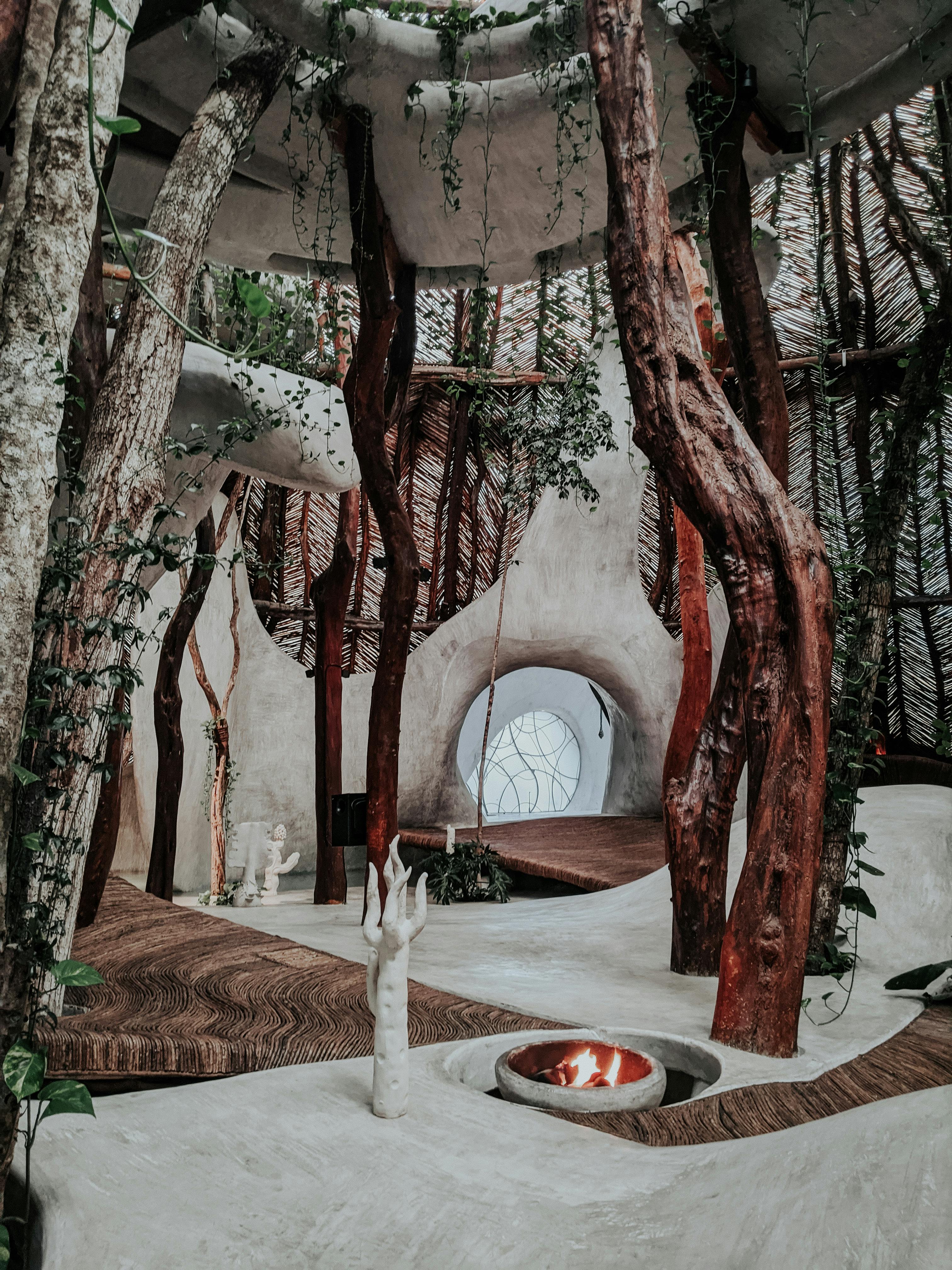The Enchanting World of Shadow Play in Home Decor
In the realm of interior design, a captivating trend is emerging that plays with light and darkness to create mesmerizing effects. Shadow play, an innovative approach to home decor, is capturing the imagination of designers and homeowners alike. This ingenious technique harnesses the interplay between light sources and carefully crafted objects to cast intricate patterns and silhouettes on walls, ceilings, and floors, transforming living spaces into dynamic works of art.

The Origins of Shadow Play in Design
Shadow play as an art form has deep roots in various cultures around the world. From the intricate shadow puppetry of Indonesia to the delicate paper-cutting art of China, the manipulation of light and shadow has long been used to tell stories and create visual spectacles. In the realm of architecture and design, the concept gained prominence in the 20th century, with modernist architects like Le Corbusier experimenting with brise-soleil – architectural features designed to control light and shadow.
In recent years, designers have begun to explore the potential of shadow play in interior spaces, moving beyond its traditional architectural applications. This shift has been driven by a desire to create more dynamic, interactive living environments that change throughout the day and respond to natural light cycles.
The Psychology of Light and Shadow
The use of shadow play in home decor taps into fundamental aspects of human psychology. Our brains are wired to find patterns and meaning in visual information, and the interplay of light and shadow provides a rich canvas for this innate tendency. The changing nature of shadows throughout the day can create a sense of movement and life within a static space, subtly influencing our mood and perception.
Moreover, the contrast between light and dark areas can create a sense of depth and dimension, making spaces feel larger and more intriguing. This psychological impact makes shadow play a powerful tool for designers looking to create immersive, emotionally resonant interiors.
Techniques and Applications in Modern Homes
Implementing shadow play in home decor can range from simple DIY projects to complex architectural installations. One popular technique involves the use of perforated screens or panels. These can be placed in front of windows or light sources to cast intricate patterns on walls and floors. Materials like metal, wood, or even fabric can be used to create these screens, each offering unique textures and effects.
Another approach is the strategic use of sculptural lighting fixtures. Designers are creating lamps and pendants with complex shapes that cast fascinating shadows when illuminated. These pieces serve as both functional light sources and artistic installations, blurring the line between decor and utility.
For a more architectural approach, some homeowners are incorporating cut-out patterns directly into walls or ceilings. When backlit, these create stunning shadow effects that can transform the entire atmosphere of a room. This technique is particularly effective in spaces like bathrooms or bedrooms, where it can create a sense of intimacy and wonder.
The Role of Technology in Shadow Play Design
As with many aspects of modern design, technology is playing an increasingly important role in shadow play. Advanced lighting systems now allow for precise control over the intensity and direction of light, enabling more complex and dynamic shadow effects. Some systems even incorporate motion sensors or programmable timers, allowing the shadow patterns to evolve throughout the day or respond to the presence of people in the room.
3D printing has also opened up new possibilities for creating intricate shadow-casting objects. Designers can now produce complex geometric forms or delicate lattice structures that would be difficult or impossible to create by hand. This technology allows for a level of precision and customization that is pushing the boundaries of what’s possible in shadow play design.
Incorporating Shadow Play in Your Home
For those interested in exploring shadow play in their own homes, there are numerous ways to start experimenting with this captivating design element. Simple projects like creating custom lampshades with cut-out patterns or hanging perforated curtains can introduce subtle shadow effects without major renovations.
When planning more extensive shadow play installations, it’s important to consider the natural light patterns in your space. South-facing windows will provide strong, consistent light throughout the day, while east or west-facing windows will create more dramatic, changing effects as the sun moves across the sky.
The color and texture of your walls also play a crucial role in how shadows are perceived. Light, neutral colors tend to showcase shadow patterns more clearly, while textured surfaces can add an extra dimension to the play of light and dark.
As with any design element, balance is key. While shadow play can create stunning visual effects, it’s important not to overwhelm a space. Consider using it as a focal point in one or two areas rather than throughout an entire home.
Shadow play in home decor represents a fascinating intersection of art, science, and design. By harnessing the fundamental interplay of light and shadow, this trend offers a way to create living spaces that are not just visually stunning, but alive with movement and mystery. As we continue to seek ways to make our homes more dynamic and personally expressive, shadow play stands out as a technique that can transform the ordinary into the extraordinary, one shadow at a time.





